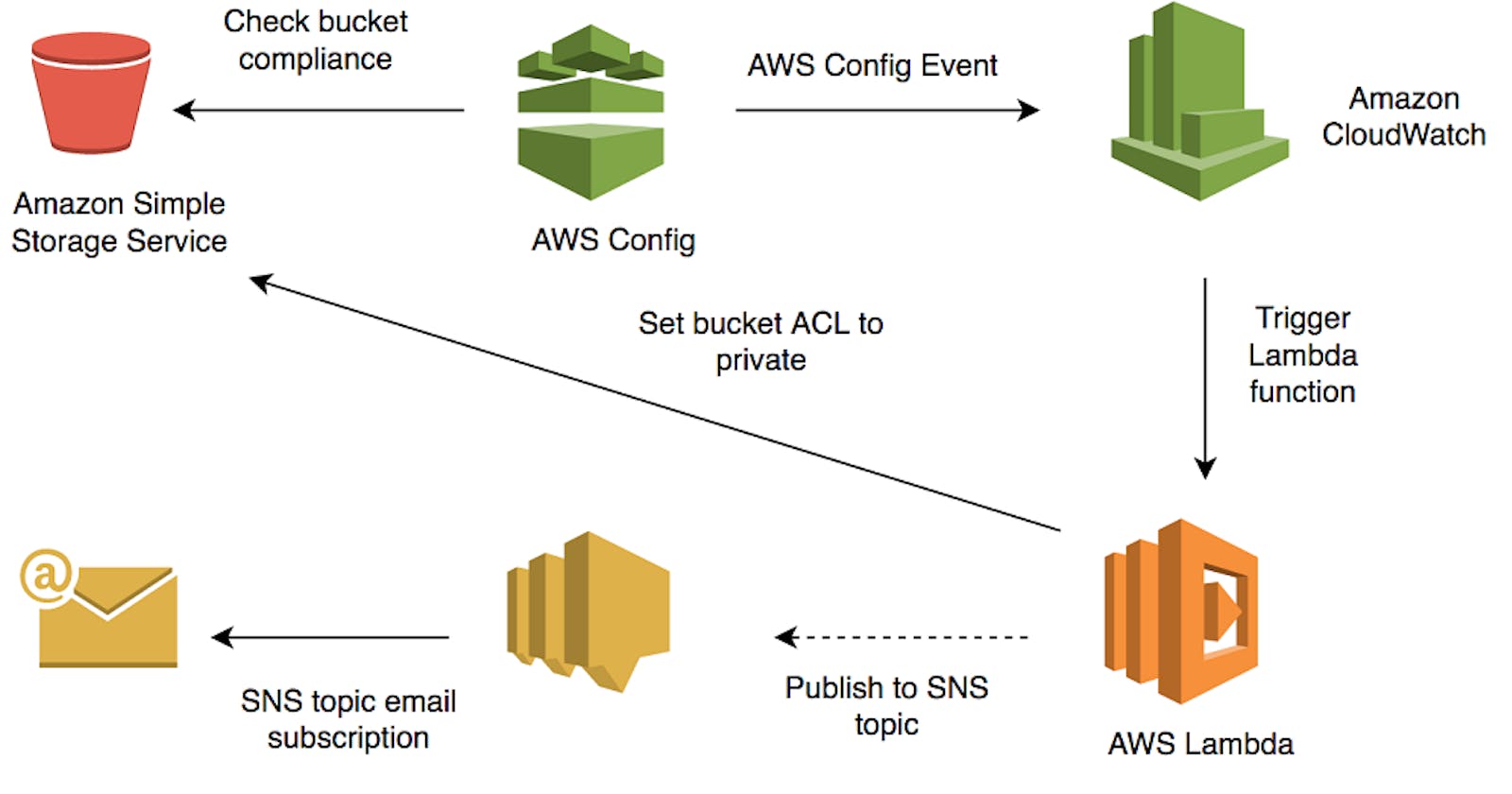Secure Data Vault: Creating an S3 Bucket with Amazon for Impenetrable Cybersecurity
Creating an S3 Bucket with Amazon for Impenetrable Cybersecurity
Introduction:
In today’s digital age, data is crucial, and finding secure and scalable storage solutions is essential. One such solution is Amazon S3 (Simple Storage Service). In this blog, I’ll dive into the world of S3 buckets, explaining it in a way that a 12-year-old can understand. We’ll then explore the technical jargon behind it, discuss real-life problems it solves, and guide you through the process of creating an S3 bucket using Python and the Boto3 library.
Understanding S3 Buckets:
A 12-Year-Old’s Perspective: Imagine you have a magic box where you can store anything you want — your favorite toys, books, or even secret messages. That’s what an S3 bucket is like! It’s like having a magical storage box in the cloud where you can keep all your important files and data. It’s safe, reliable, and can hold an enormous amount of information.
Exploring the Technical Jargon:
In technical terms, an S3 bucket is a storage container provided by Amazon Web Services (AWS). It allows you to store and retrieve any amount of data securely over the internet. Each bucket has a unique name, just like a special name for your magic storage box.
Real-Life Problems Solved by S3 Buckets:
- Data Backup: S3 buckets provide a reliable and cost-effective solution for backing up critical data. You can store copies of important files, ensuring they are protected against accidents or hardware failures.
Data Archiving: S3 buckets enable long-term storage of data that you may not need frequently but still want to keep securely. It offers durability and accessibility whenever you require it.
File Sharing: S3 buckets allow easy sharing of files with others. You can securely share files with colleagues, friends, or clients, granting them access to specific files or even entire buckets.
Creating an AWS Account and IAM User: To get started, you need to create a free account with Amazon Web Services (AWS) by visiting their website and following the signup process. Once you have an account, you’ll create an IAM (Identity and Access Management) user account. This user account will have specific access permissions to interact with AWS services like S3.Click here for step by step guide
Enabling Access Key for IAM User: To access AWS services programmatically, you need an access key and a secret key. These are like special codes that give your IAM user account the power to use AWS services securely. You can generate and download these keys for your IAM user account in the AWS Management Console.Click here for step by step guide
Downloading AWS CLI and Configuration: To interact with AWS services from your computer, you’ll download and install the AWS Command Line Interface (CLI). It’s available for both Unix-based systems and Windows. Once installed, you’ll configure the AWS CLI using your access key and secret key.Click here for step by step guide
Python Code: Creating an S3 Bucket with Boto3 To create an S3 bucket programmatically using Python, we’ll use the Boto3 library, which provides an easy-to-use interface to interact with AWS services. Make sure you have Boto3 installed before running the following code:
import boto3
import sys
# Get the bucket name from command line argument
if len(sys.argv) < 2:
print("Usage: python create_bucket.py <bucket_name>")
sys.exit(1)
bucket_name = sys.argv[1]
# Create an S3 client
s3 = boto3.client('s3')
# Create the bucket
response = s3.create_bucket(
Bucket=bucket_name,
CreateBucketConfiguration={
'LocationConstraint': 'us-west-2' # Change this to your desired region
}
)
# Print the response
print(response)
Save the file as s3bucket.py and Run it with python s3bucket.py VAdata , where VAdata is the bucket name.
Conclusion:
Congratulations! You’ve learned about S3 buckets, their importance, and how to create one using Python and the Boto3 library. With S3, you can securely store and access your data, solving real-life problems like backup, archiving, and file sharing. So, start unleashing the power of S3 and empower your data storage in the cloud!
Happy coding and solving reallife problem with technology
Learn to solve real problems,Follow me on:

